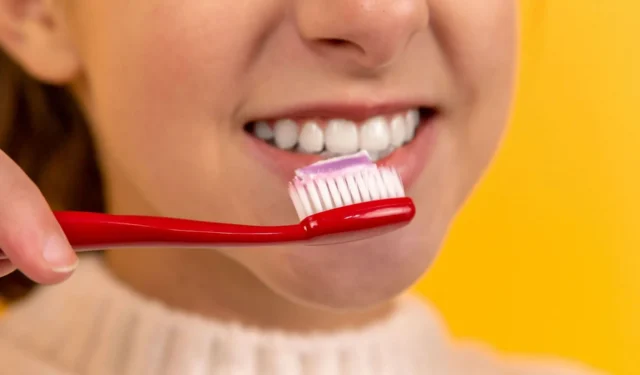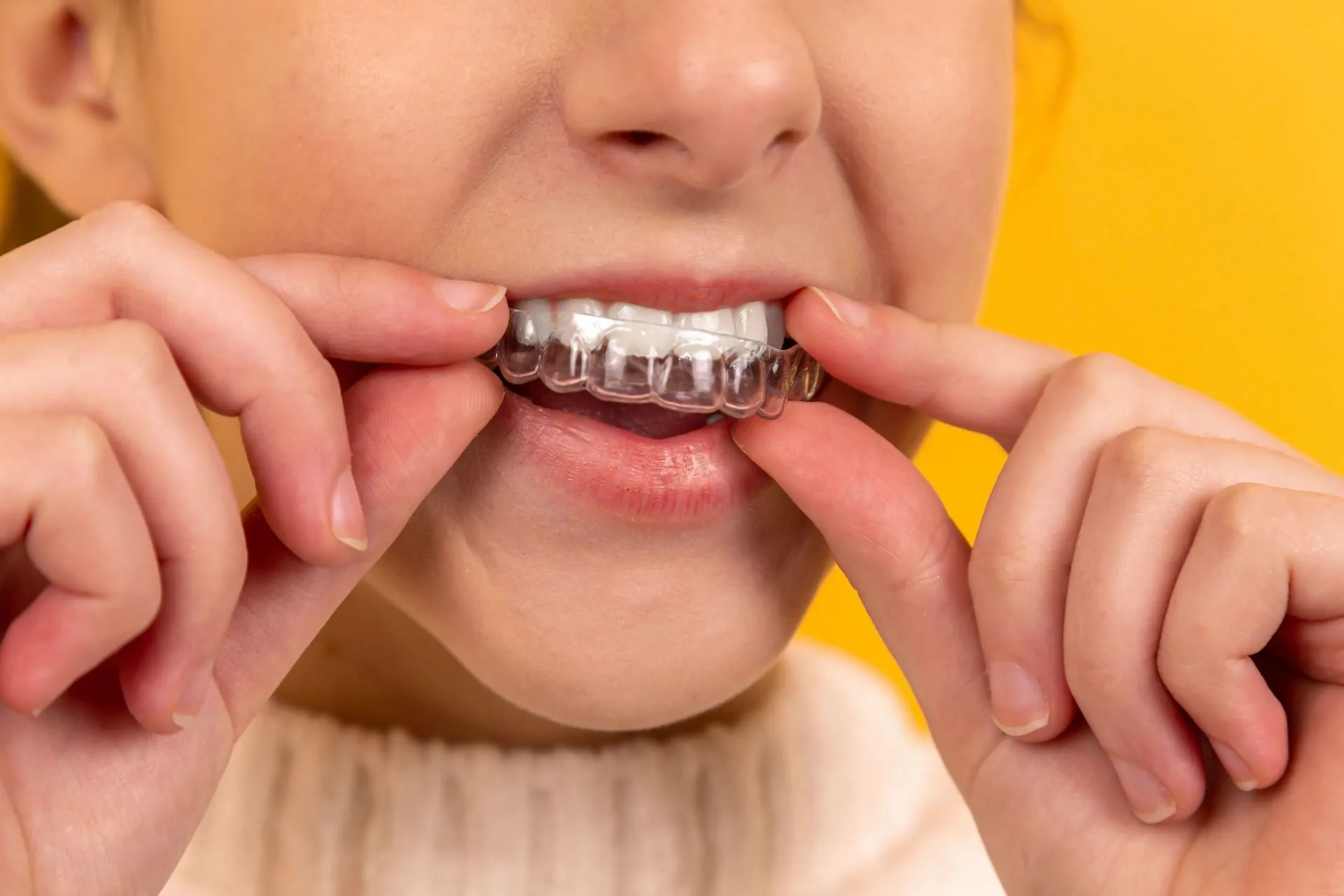
Dental hypoplasia, also known as enamel hypoplasia, is characterized by a decrease in the thickness of tooth enamel that is of poor quality because of low mineral content. It is a type of developmental dental defect (D3).
The tooth’s outside layer that is visible, tough, and protective is called enamel. It maintains teeth healthy and robust! A dent, rough patch, or pit on the surface of the afflicted tooth may be the result of dental hypoplasia. Discoloration or spots on the teeth may also occur.
Notably, while adults may not always be affected, teens and young children are more likely to have it. The causes include nutritional deficiencies and genetic factors among others.
Understanding the causes of dental hypoplasia

When enamel cells are disturbed at a crucial point in their development, dental hypoplasia results. Disruptions in baby teeth can occur during pregnancy or right after delivery. Later-onset disruptions during infancy and early childhood might result in dental hypoplasia in adult teeth that have begun to erupt and form.
The following are some factors that may make hypoplasia more likely:
- Low birth weight or premature delivery
- Low levels of vitamin D
- Gestational diabetes in the mother
- Pregnancy-related bacterial and viral diseases, such as syphilis, are transmitted from mother to kid
- Diabetes
- Low thyroid function
- Excessive fluoride consumption
- Dental damage or inflammation
While a child’s molar enamel doesn’t fully develop until roughly age eight, the enamel on their front baby teeth often reaches its full potential by the time they are five years old. In addition, adult teeth erupt beginning at age six. This implies that various teeth may experience hypoplasia at different times.
How to manage dental hypoplasia?

There are a few easy strategies to lessen or reverse the environmental causes of enamel hypoplasia. Vitamin D or A supplements might help strengthen teeth that are still growing. Eating more green, leafy vegetables and milk can also be beneficial.
Here’s how to manage hypoplasia:
Dental Hygiene: Taking care of hypoplastic teeth requires good oral hygiene habits. Tooth decay can be avoided by flossing and brushing with fluoride toothpaste.
Dietary adjustments: Proper tooth growth can be supported by eating a diet rich in important vitamins and minerals that are well-balanced, particularly during pregnancy and early infancy.
Steer Clear of acidic foods and drinks: Acidic foods and beverages may be a factor in enamel degradation. Reducing the number of acidic foods and beverages consumed can help preserve enamel.
Frequent dental examinations: Dental check-ups are necessary to keep an eye on the situation, identify any problems early, and put the right preventative measures in place.
Sensitivity Control: Patients who have hypoplasia of the enamel of their teeth may be more sensitive. To control sensitivity, desensitizing toothpaste or fluoride gels may be suggested.
Dental hypoplasia treatment

The severity of enamel hypoplasia typically determines how the problem is treated. In less severe situations, dentists would advise routine upkeep and treatment, paying close attention to the afflicted area to prevent tooth decay.
In certain instances, aesthetic modifications like bleaching could be necessary to match the discolored tooth to the whiter, unaffected teeth. In cases of more severe ailments, your dentist might suggest a crown, filling, or sealant.




Leave a Reply